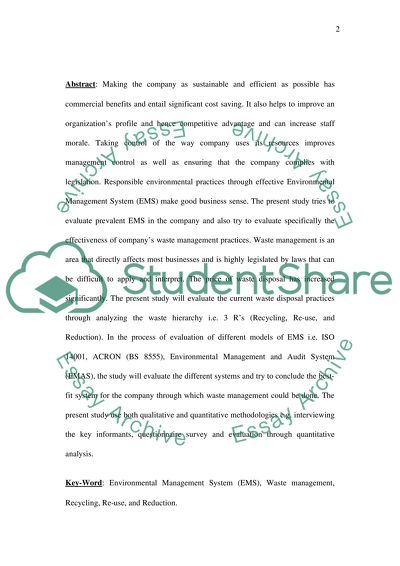Cite this document
(“Waste Disposal Practices Essay Example | Topics and Well Written Essays - 2250 words”, n.d.)
Retrieved from https://studentshare.org/miscellaneous/1530240-waste-disposal-practices
Retrieved from https://studentshare.org/miscellaneous/1530240-waste-disposal-practices
(Waste Disposal Practices Essay Example | Topics and Well Written Essays - 2250 Words)
https://studentshare.org/miscellaneous/1530240-waste-disposal-practices.
https://studentshare.org/miscellaneous/1530240-waste-disposal-practices.
“Waste Disposal Practices Essay Example | Topics and Well Written Essays - 2250 Words”, n.d. https://studentshare.org/miscellaneous/1530240-waste-disposal-practices.


